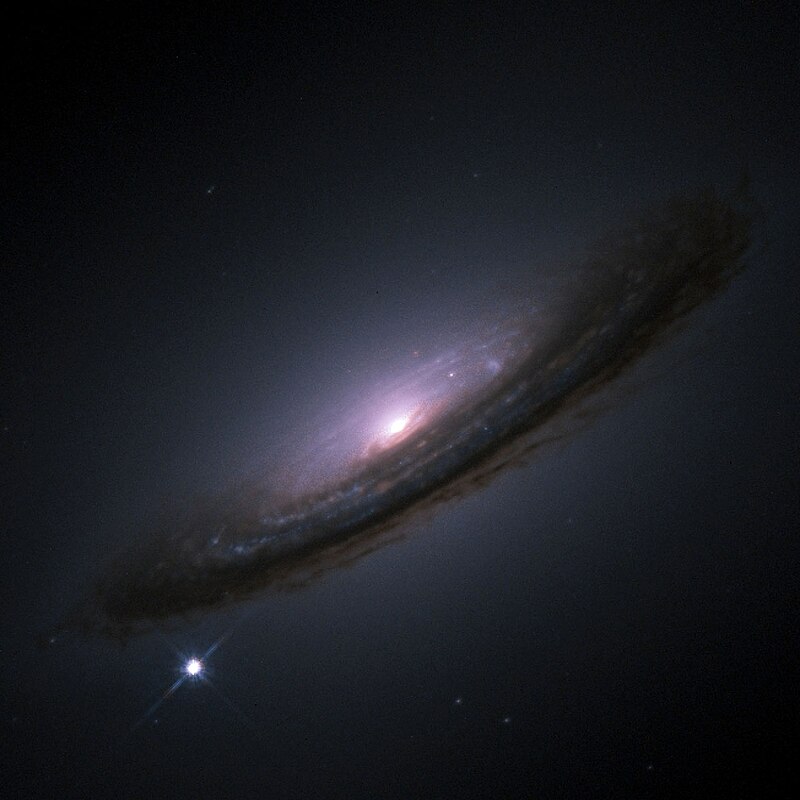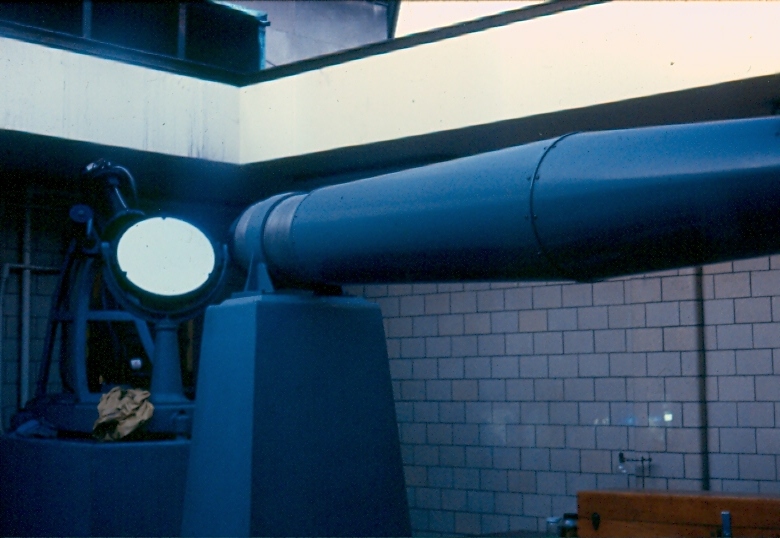
The bright spot in the lower left is Supernova SN 1994D, which is a Type 1a
supernova in the Galaxy NGC 4526. A recently discovered celestial explosion,
which may be a supernova, is about 200 times more powerful than a typical
supernova.
(Image Sources: Wikipedia.org , "SN1994D" by NASA/ESA. Licensed under CC BY 3.0 via Commons - https://commons.wikimedia.org/wiki/File:SN1994D.jpg#/media/File:SN1994D.jpg )
By Nell Greenfieldboyce, National Public Radio
A mind-boggling stellar explosion is baffling astronomers, who say this cosmic beast is so immensely powerful that no one's sure exactly what made it go boom.
The recently discovered inferno is about 200 times more powerful than a typical exploding star, or supernova, and 570 billion times brighter than our sun. It was first spotted in June by the All-Sky Automated Survey for Supernovae, nicknamed the "Assassin" project, so it's called ASASSN-15lh.
Astronomers describe their finding in a study published Thursday in the journal Science.
Even though it's the brightest supernova on record — if indeed it is a supernova — it can't be seen with the naked eye from Earth, since it is 3.8 billion light-years away.
Even telescopes don't help much. "It looks like a little smudge," says Subo Dong, an astronomer at the Kavli Institute for Astronomy and Astrophysics at Peking University. "This is because it's so far away. It doesn't look so spectacular."
More - Link >>> http://www.npr.org/sections/thetwo-way/2016/01/14/462710274/record-busting-star-explosion-baffles-sky-watchers
Science Magazine on-line article regarding ASAS-SN-15lh:
Link >>> http://www.sciencemag.org/news/2016/01/universe-s-most-luminous-supernova-was-50-times-brighter-milky-way
More on Supernovae: Link >>> https://en.wikipedia.org/wiki/Supernova
Source: National Public Radio: "All Things Considered."
2016 January 15.

2016: 75th Year of Pittsburgh's Buhl Planetarium Observatory
Link >>> http://buhlplanetarium2.tripod.com
Want to receive SpaceWatchtower blog posts in your inbox ?
Send request to < spacewatchtower@planetarium.cc >..
gaw
Glenn A. Walsh, Project Director,
Friends of the Zeiss < http://buhlplanetarium.tripod.com/fotz/ >
Electronic Mail - < gawalsh@planetarium.cc >
SpaceWatchtower Blog: < http://spacewatchtower.blogspot.com/ >
Also see: South Hills Backyard Astronomers Blog: < http://shbastronomers.blogspot.com/ >
Barnestormin: Writing, Essays, Pgh. News, & More: < http://www.barnestormin.blogspot.com/ >
About the SpaceWatchtower Editor / Author: < http://buhlplanetarium2.tripod.com/weblog/spacewatchtower/gaw/ >
SPACE & SCIENCE NEWS, ASTRONOMICAL CALENDAR:
< http://buhlplanetarium.tripod.
Twitter: < https://twitter.com/spacewatchtower >
Facebook: < http://www.facebook.com/pages/
Author of History Web Sites on the Internet --
* Buhl Planetarium, Pittsburgh:
< http://www.planetarium.
* Adler Planetarium, Chicago:
< http://adlerplanetarium.
* Astronomer, Educator, Optician John A. Brashear:
< http://johnbrashear.tripod.com >
* Andrew Carnegie & Carnegie Libraries:
< http://www.andrewcarnegie.
* Civil War Museum of Andrew Carnegie Free Library:
< http://garespypost.tripod.com >
* Duquesne Incline cable-car railway, Pittsburgh:
< http://inclinedplane.tripod.
* Public Transit:
< http://andrewcarnegie2.tripod.
This comment has been removed by a blog administrator.
ReplyDelete